Ominedo History Chronological table
Ominedo is a long-established manufacturer founded in 1900. We can maximize the power of natural products by using supercritical (Co2), alcohol, and hot water extraction techniques as well as manufacturing techniques which have been sophisticated since the founding of the company.
- Stage 1: Founding stage: 1887-1945
- Stage2: Postwar development: 1945-1975
- Stage 3: Business development in new markets: 1976-1990
- Stage 4: Further advancements: 1990-2014
Stage2: Postwar development: 1945-1975
-
1946
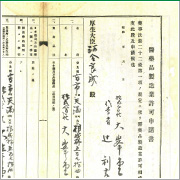
Ominedo Co., Ltd. established, medicine manufacturing license and medicine marketing license obtained
-
1947
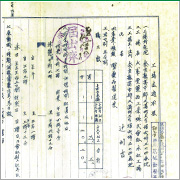
Seiroku Tsuji established Ominedo Pharmaceutical Industry Co., Ltd., appointed as the initial President
-
1949
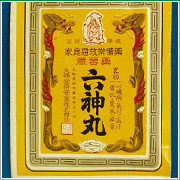
“Zokiyaku Rokushingan” went on sale
-
1953
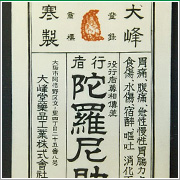
“En no Gyoja Sodenyaku Gyoja Daranisuke” went on sale
-
1954
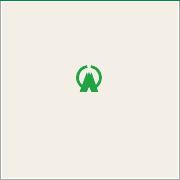
Annual sales exceeded 10 million yen
-
1957

First ever sugar-coated tablet launched in the home medicine market
-
1957
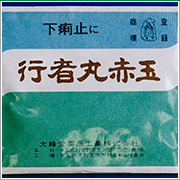
“Gyojagan Akadama” went on sale
-
1963
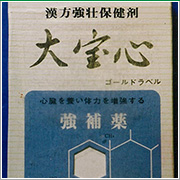
“Taihoshin” went on sale
-
1971
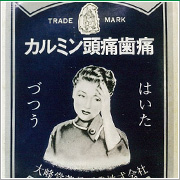
“Karumin for Headache and toothache” went on sale
-
1972
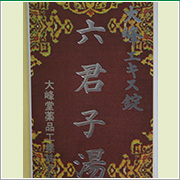
Milestone of 30 Kampo extract products reached
-
1972
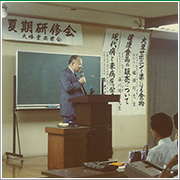
Ominedo Kampo Research Group established
-
1974

Annual sales exceeded 100 million yen
-
1975

Research members dispatched to the Research Institute of Oriental Medicine, School of Medicine, Kinki University
1946
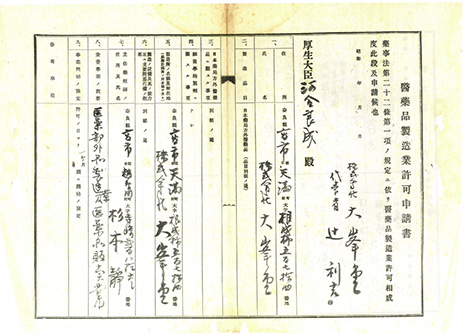
Ominedo Co., Ltd. established, medicine manufacturing license and medicine marketing license
obtained
In 1946, during the war, six companies including Ominedo which had been incorporated
into Yamato Godo became independent. Ominedo established “Ominedo Co., Ltd.” and
received a medicine manufacturing license and a medicine marketing license from the Minister
of Health and Welfare.
1947
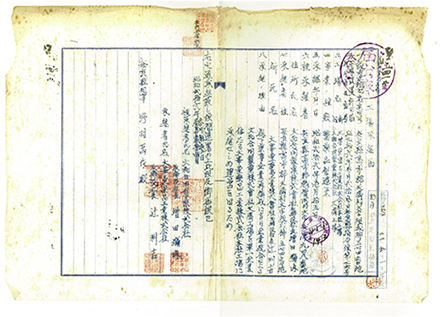
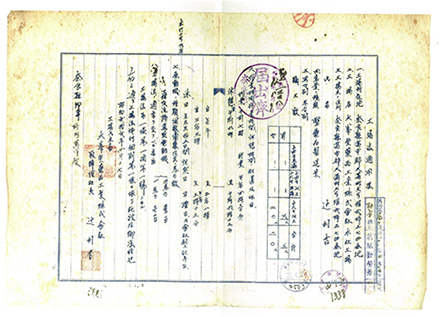
Seiroku Tsuji established Ominedo Pharmaceutical Industry Co., Ltd., appointed as the
initial President
After the sudden death of his father, Rikichi, in 1925, Seiroku succeeded the business at
age 18. After that, even during the war and in the middle of the global economic crisis,
he devoted himself to the development of new products and increased the selection
Ominedo had to offer. In 1947, he established Ominedo Pharmaceutical Industry Co.,
Ltd. and was appointed to be the initial President.
1949
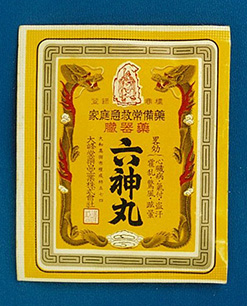
“Zokiyaku Rokushingan” went on sale
This product is a formulation mainly consisting of animal preparation containing musk,
oriental bezoar, toad venom, saffron, ginseng, pearl, and agalloch. The medicine is effective
against palpitations and shortness of breath, and has an effect of restoring
consciousness.
1953
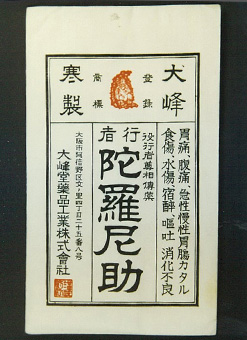
“En no Gyoja Sodenyaku Gyoja Daranisuke” went on sale
This product is an antidiarrheal medicine mainly consisting of phellodendron bark. En no
Gyoja who trained at Mt. Omine 1300 years ago created a medicine to treat infectious
diseases, which was said to be the origin of “Daranisuke”
1957
First ever sugar-coated tablet launched in the home medicine market
Our company developed a technique to coat tablets with sugar while containing volatile
ingredients inside the tablets, surprising engineers in major manufacturing companies.
“Sogo Shinkambojyou Kopitan” is a medicine with sugar-coated powdered Kopitan which
went on sale in 1952. Ominedo was the first company to launch a sugar-coated common
cold medicine in the home medicine market.
1957
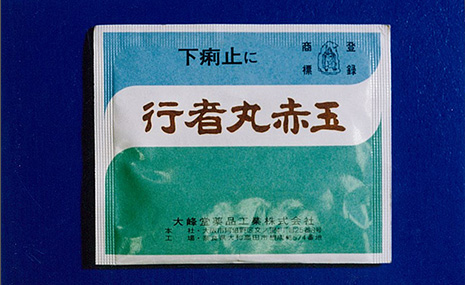
“Gyojagan Akadama” went on sale
This product’s ingredients include berberine chloride, scopolia extract, powdered
glycyrrhiza extract, powdered peony root extract, and powdered geranium herb extract.
Effective against: diarrhea, diarrhea due to indigestion, food poisoning, vomiting, water
poisoning, looseness of bowels, loose stool, and diarrhea with abdominal pain
1963
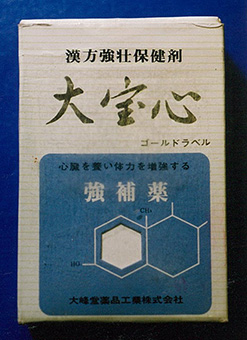
“Taihoshin” went on sale
This product is a tablet that is a sugar-coated version of “Rokushingan,” containing
musk, dried ginseng extract, oriental bezoar, toad venom, bear bile, saiga tatarica horn,
saffron, agalloch, pearl, and others. The medicine is effective against palpitations and
shortness of breath, and has an effect of restoring consciousness. At that time, the
dosage form of cardiac tonics was mostly small pills, with Ominedo creating a tablet
form for the first time.
1971
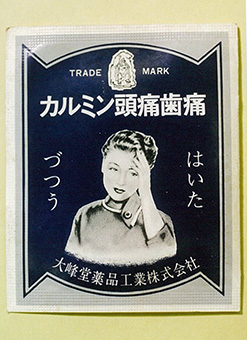
“Karumin for Headache and toothache” went on sale
This product has a traditional package design, and people can guess the effects of it
right away.
Effects: relief from headache, toothache, pain after tooth extraction, sore throat, ear
pain, joint pain, neuralgia, back pain, muscle pain, shoulder pain, pain from bruise,
pain from fracture, pain from sprain, menstrual pain (period cramps), and traumatic
pain, and decreasing of body temperature at the time of chills or fever
1972
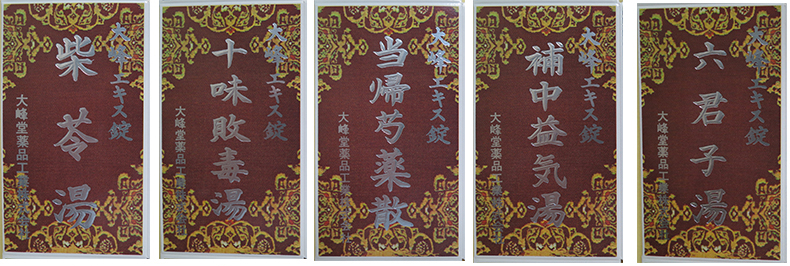
Milestone of 30 Kampo extract products reached
In 1968, the first film-coated Kampo tablets were released geared toward the home
medicine market. In 1972, Shigenori Tsuji, who was Managing Director at that time, led
the newly created Kampo product sales department to sell 30 different products from
the extract product line in the Kinki, Chugoku, and Shikoku areas.
1972
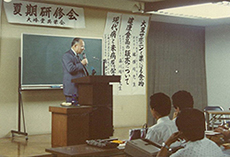
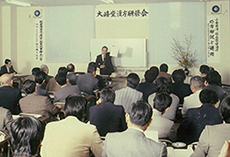
Ominedo Kampo Research Group established
The Ominedo Kampo Research Group was established. As Kampo products need to be
used based on each individual’s physical condition and the condition of his or her
disease, we invited instructors from outside of our company and held meetings mainly
for vendors of home medicine three to six times a year.
1975
Research members dispatched to the Research Institute of Oriental Medicine, School of
Medicine, Kinki University
Our research members were dispatched to the Research Institute of Oriental Medicine,
School of Medicine, Kinki University at its establishment. They received training under
the guidance of instructors including Professor Shigeru Arichi from the institute and
Professor Michinori Kubo from the Department of Pharmacy. At that time, decoction
had been used for Kampo treatment at the research institute. However, the supply of
decoction could not catch up with the demand for the treatment, so as a result of
discussions on using extracts, the research institute decided to use Ominedo’s products.










